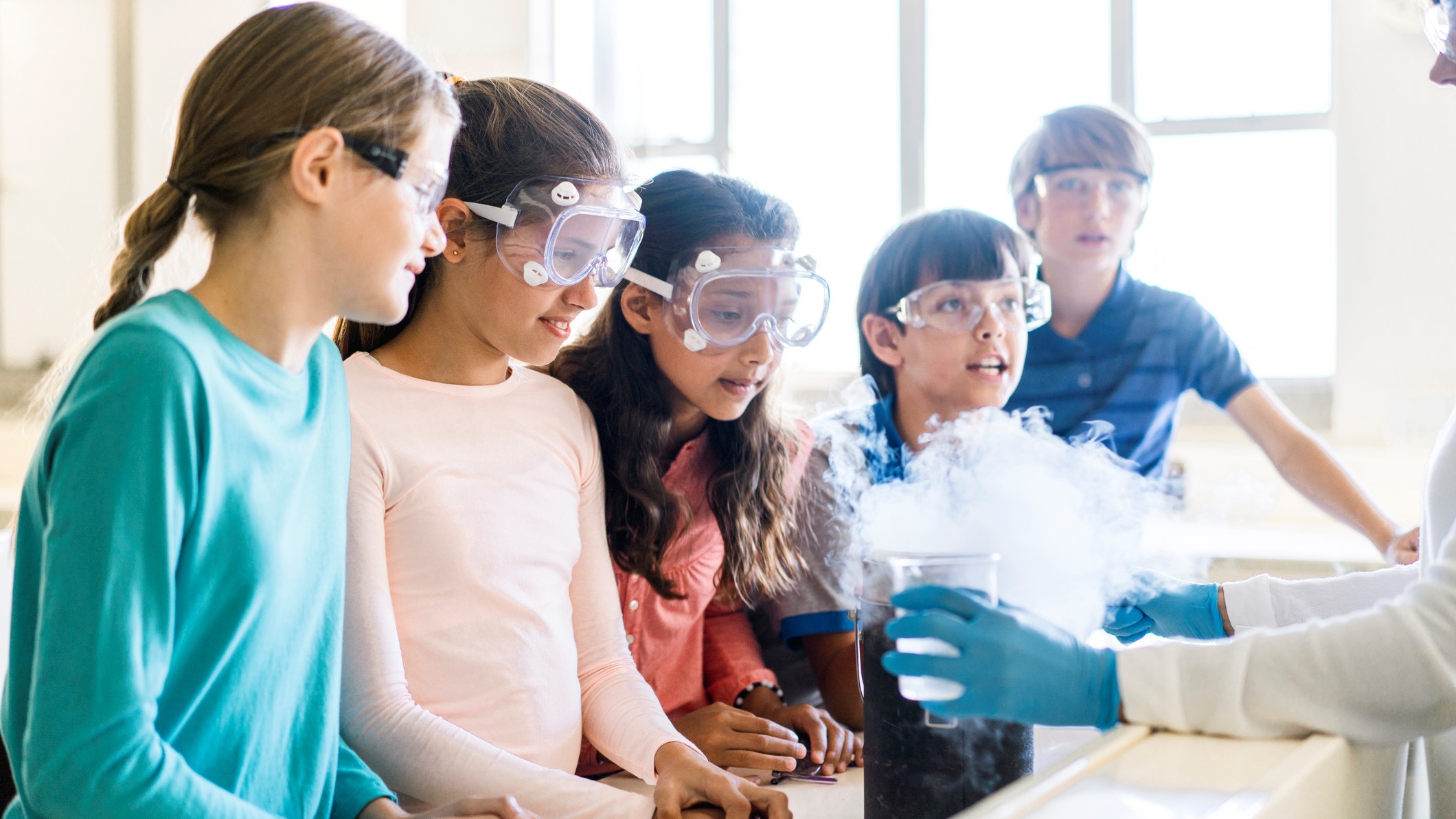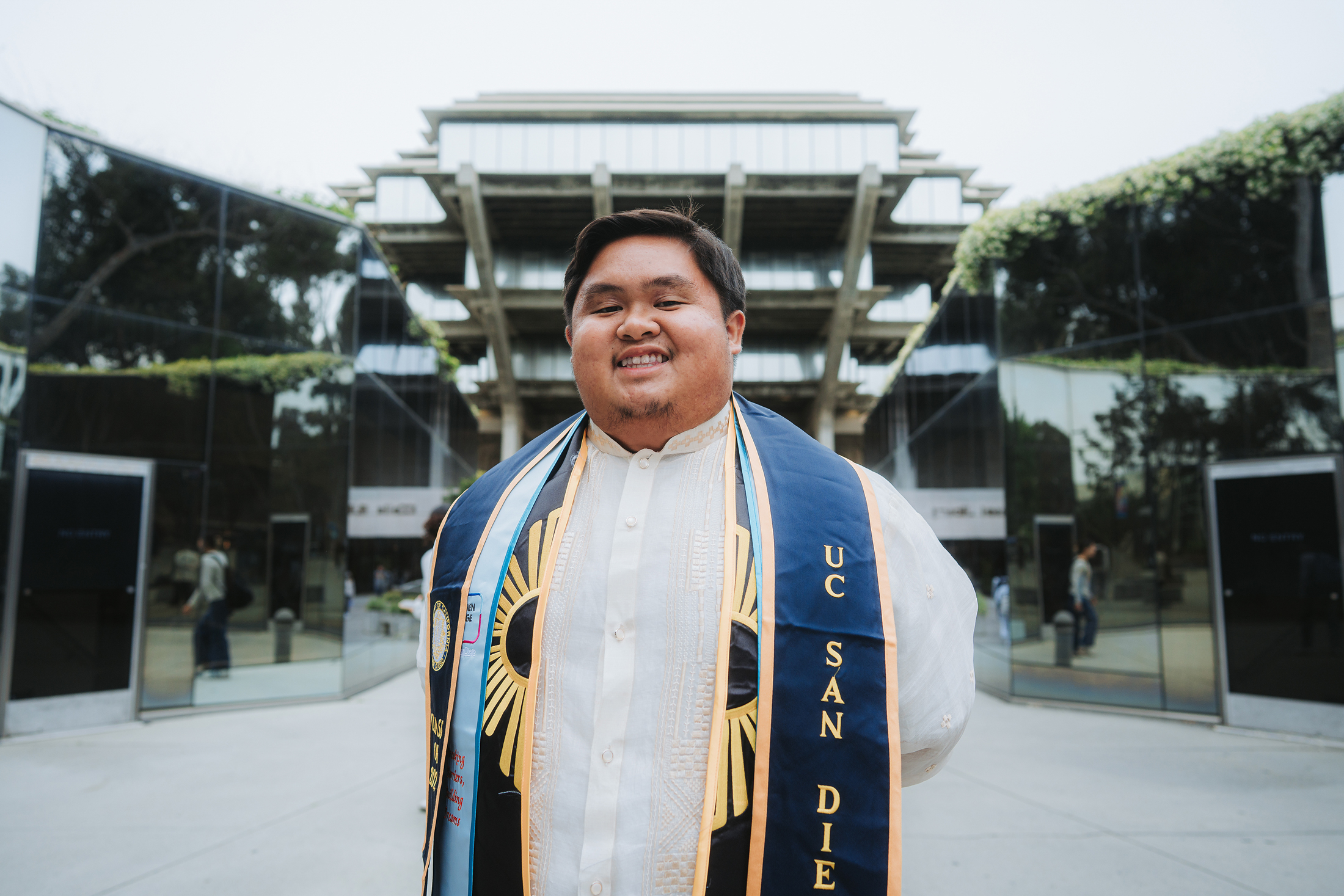UP:STREAM Initiative Advances Sustainable Development Goals Through Environmental Education in North Louisiana
Program Overview and Core Objectives
A report on the UP:STREAM initiative, a hands-on, place-based educational program designed to enhance environmental literacy and skills among educators and students in North Louisiana. The program was developed by the Science and Technology Education Center (SciTEC) with grant support from the National Academies of Sciences, Engineering and Medicine’s Gulf Research Program.
- Primary Mission: To equip 5th-grade teachers with classroom-ready, standards-based tools and materials for teaching environmental science.
- Educational Approach: Immersive, experiential learning focused on local environmental issues and ecosystems.
- Key Goal: To inspire educators and students to recognize and actively participate in the protection of Louisiana’s unique environmental resources.
Strategic Alignment with Sustainable Development Goals (SDGs)
The UP:STREAM program model makes significant contributions to several key United Nations Sustainable Development Goals.
- SDG 4: Quality Education: The initiative directly supports Target 4.7 by ensuring learners acquire the knowledge and skills needed to promote sustainable development. It enhances teacher capacity through professional development and provides high-quality, free educational materials, promoting equitable access to resources.
- SDG 6: Clean Water and Sanitation: By incorporating practical water testing activities, the program promotes the protection and restoration of water-related ecosystems (Target 6.6). It empowers communities to monitor and understand the health of their local water sources.
- SDG 13: Climate Action: The curriculum improves education and awareness-raising on climate change impacts and adaptation (Target 13.3). It explicitly links local environmental decisions to broader consequences, such as the critical issue of Louisiana’s coastal erosion.
- SDG 14 & 15: Life Below Water and Life on Land: The focus on examining local organisms and understanding the connection between upstream activities and downstream coastal health directly addresses the conservation of marine, coastal, and terrestrial ecosystems.
- SDG 17: Partnerships for the Goals: The project is a model of a multi-stakeholder partnership (Target 17.17), uniting academia (SciTEC), a national funding body, local school systems, and resource groups like Louisiana Wildlife & Fisheries and Project WET to achieve a common goal.
Workshop Implementation and Participant Feedback
The program was implemented through workshops for teachers along the I-20 corridor. The core activities and feedback underscore its effectiveness.
Key Workshop Components
- Hands-on water quality testing.
- Examination of local organisms to understand biodiversity.
- Development of lesson plans centered on local environmental issues.
- Provision of all necessary materials for classroom replication.
Participant Testimonials
- Educators praised the program for providing exciting, hands-on activities that engage students, along with all required materials at no cost.
- Participants noted the value of the standards-based tools, which are easy to integrate into existing curricula without deviation.
- Instructional leaders emphasized the program’s importance in teaching students that their local decisions have a significant impact on the entire state’s environmental health.
Long-Term Impact and Future Outlook
The intended long-term effects of the UP:STREAM initiative extend beyond the immediate classroom experience, aiming to foster a new generation of environmental leaders.
- The program seeks to instill an appreciation for place-based education and the intrinsic value of the local environment.
- By exposing students to practical environmental science, the initiative has the potential to inspire them to become future environmental scientists, conservationists, and leaders in sustainability.
- The ultimate objective is to empower students with the understanding that they can make a meaningful difference in addressing environmental challenges.
SDGs Addressed in the Article
Analysis
The article on the UP:STREAM initiative highlights issues and actions that are directly relevant to several Sustainable Development Goals. The program’s focus on education, environmental protection, and community engagement connects it to the global sustainability agenda.
- SDG 4: Quality Education: The core of the article is about the UP:STREAM program, an educational initiative designed to improve teaching quality. It provides hands-on training and “classroom ready” materials for teachers, directly aiming to enhance the learning experience for students in environmental science.
- SDG 6: Clean Water and Sanitation: The program’s activities, such as “water testing,” and its name, “UP:STREAM,” point to a focus on water resource education. By empowering teachers and students to understand and monitor local water systems, it contributes to the broader goal of sustainable water management.
- SDG 13: Climate Action: The article explicitly mentions a key climate change impact: “Our coastline is disappearing every hour.” The program aims to build awareness and understanding of such environmental challenges among students, fostering a generation prepared to address climate impacts.
- SDG 14: Life Below Water: The concern for Louisiana’s “disappearing coastline” and the goal of “protecting Louisiana’s unique ecosystems” directly relate to the health of marine and coastal ecosystems. The educational efforts are a foundational step toward their conservation.
- SDG 15: Life on Land: The initiative encourages the study of “local environmental issues” and the examination of “organisms.” This place-based education fosters an understanding and appreciation for local terrestrial and freshwater ecosystems, which is crucial for their protection.
- SDG 17: Partnerships for the Goals: The UP:STREAM program is presented as a collaborative effort. It is made possible by a grant from the “National Academies of Sciences, Engineering and Medicine’s Gulf Research Program” and involves partnerships with groups like “Louisiana Wildlife & Fisheries and Project WET,” exemplifying a multi-stakeholder approach to achieving sustainability goals.
Specific SDG Targets Identified
Analysis
Based on the activities and goals described in the article, several specific SDG targets can be identified as being directly addressed by the UP:STREAM program.
- Target 4.7: “By 2030, ensure that all learners acquire the knowledge and skills needed to promote sustainable development…” The article details how UP:STREAM equips “educators and students with tools to develop environmental skills” and inspires them to become “leaders in sustainability.” This is the central aim of the program.
- Target 6.b: “Support and strengthen the participation of local communities in improving water and sanitation management.” The program engages North Louisiana teachers and their students (the local community) in hands-on activities like “water testing,” thereby strengthening their capacity and participation in local environmental management.
- Target 13.3: “Improve education, awareness-raising and human and institutional capacity on climate change mitigation, adaptation, impact reduction and early warning.” The article highlights how the program helps students “understand that their decisions have real impacts” regarding issues like the “disappearing coastline,” which is a direct effort to improve education and awareness on climate change adaptation and impact reduction.
- Target 14.2: “By 2020, sustainably manage and protect marine and coastal ecosystems…” While the 2020 deadline has passed, the program’s work contributes to the ongoing effort of this target. By educating future generations on the “importance of protecting Louisiana’s unique ecosystems,” specifically mentioning the coastline, it builds the foundation for long-term protection.
- Target 17.17: “Encourage and promote effective public, public-private and civil society partnerships…” The article showcases this target in action. The program is a partnership between a university entity (SciTEC), a funding body (Gulf Research Program), state agencies (Louisiana Wildlife & Fisheries), and non-profits (Project WET), all working together to advance environmental education.
Indicators for Measuring Progress
Analysis
While the article does not cite official SDG indicator codes, it mentions or implies several metrics that can be used to measure progress towards the identified targets at a local or programmatic level.
- For Target 4.7 & 13.3:
- Implied Indicator: The number of teachers trained and participating in the workshop. The article states, “Teachers along the I-20 corridor participated in the workshop.”
- Implied Indicator: The development and dissemination of curriculum-aligned educational materials. The article notes that “Teachers leave with the materials they need” and that the tools are “standards-based and easy to use without having to deviate from the curriculum.”
- For Target 6.b:
- Implied Indicator: The number of students engaged in hands-on environmental monitoring activities. The article mentions that teachers are bringing back “hands-on activities that will truly engage them in learning,” such as water testing.
- For Target 14.2:
- Implied Indicator: The number of educational programs or lesson plans focused on local coastal ecosystem health. The article describes the development of “lesson plans that focus on local environmental issues,” including the disappearing coastline.
- For Target 17.17:
- Mentioned Indicator: The number and type of partner organizations involved. The article explicitly names partners: “Louisiana Wildlife & Fisheries and Project WET.”
- Mentioned Indicator: The securing of financial resources through partnerships. The program is “Made possible by a grant from the National Academies of Sciences, Engineering and Medicine’s Gulf Research Program.”
Summary Table of SDGs, Targets, and Indicators
| SDGs | Targets | Indicators (Mentioned or Implied in Article) |
|---|---|---|
| SDG 4: Quality Education | Target 4.7: Ensure all learners acquire knowledge and skills for sustainable development. | Number of teachers trained; Number of students reached; Provision of classroom-ready, standards-based materials. |
| SDG 6: Clean Water and Sanitation | Target 6.b: Support and strengthen the participation of local communities in improving water management. | Inclusion of “water testing” in curriculum; Engagement of local teachers and students in environmental monitoring. |
| SDG 13: Climate Action | Target 13.3: Improve education and awareness-raising on climate change. | Development of lesson plans focusing on local climate impacts (e.g., “disappearing coastline”). |
| SDG 14: Life Below Water | Target 14.2: Sustainably manage and protect marine and coastal ecosystems. | Educational focus on “protecting Louisiana’s unique ecosystems,” including the coastline. |
| SDG 17: Partnerships for the Goals | Target 17.17: Encourage and promote effective public, public-private and civil society partnerships. | Existence of the grant from the Gulf Research Program; Collaboration with “Louisiana Wildlife & Fisheries and Project WET.” |
Source: latech.edu







